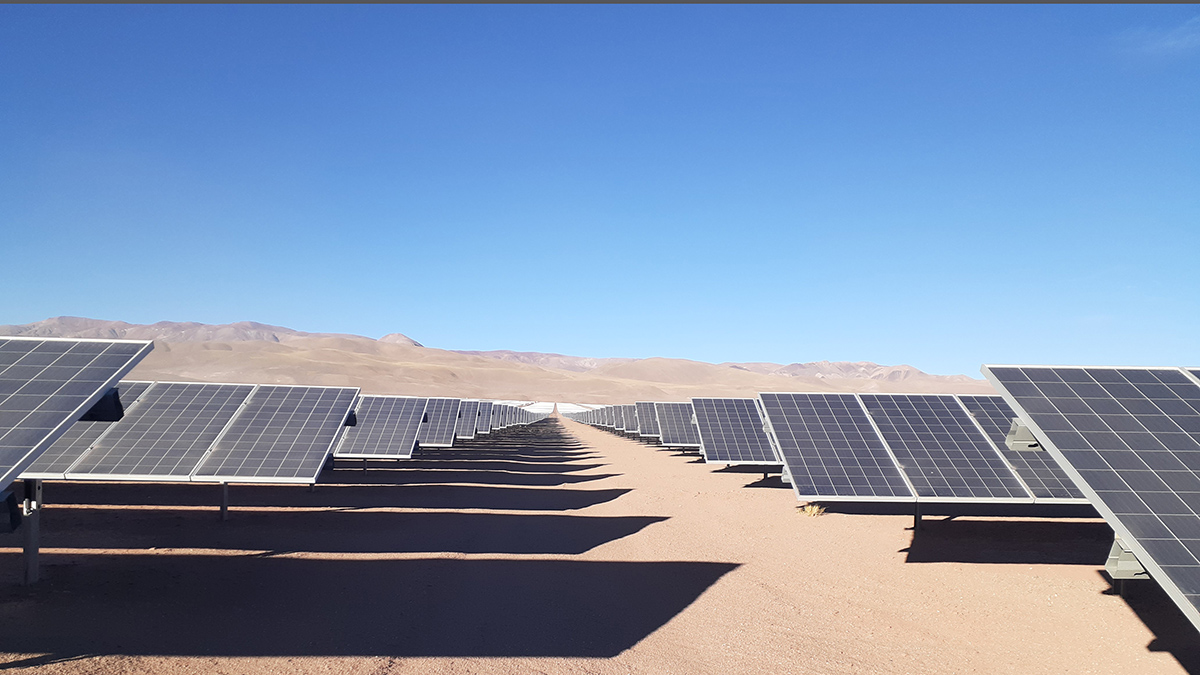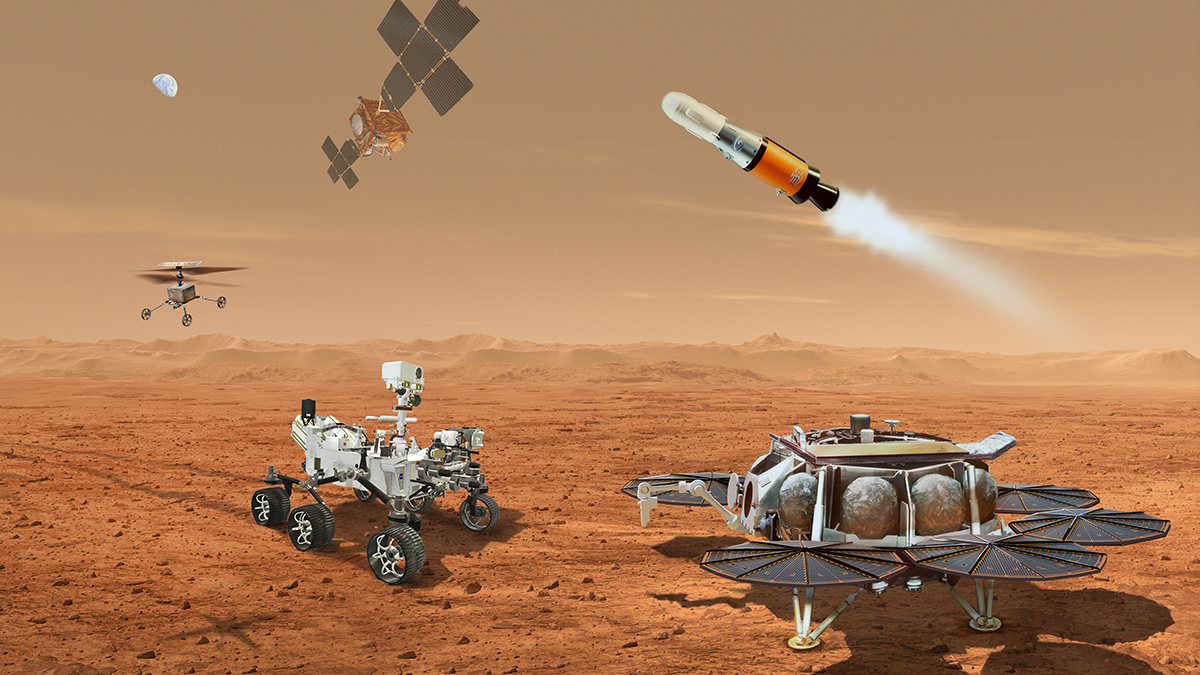The Trump administration’s intentions toward addressing climate change are clear: Federal agencies purged mentions of the climate crisis from their websites and slashed funding for mitigation tools such as the Future Risk Index. Now, those intentions are extending to health research: The National Institutes of Health (NIH) has begun to cancel funding for investigations into the health effects of climate change, and will not financially support new research on the subject, according to ProPublica and Nature.
funding
The Valuable, Vulnerable, Long Tail of Earth Science Databases
Community-curated data resources in the Earth sciences, highly valuable but systematically underfunded, are vital to research on a changing planet.
Funding Uncertainties Hit Undergrad REUs, Grad Admissions
A freeze, then a defrost, of National Science Foundation funding has caused turmoil among undergraduate scientists applying to graduate programs or REUs.
U.S. Academic Research Fleet to Add Three Smaller, More Nimble Vessels
A dire lack of investment in oceangoing vessels means the U.S. ocean sciences community is lagging, scientists say. Three new vessels will play a part in building capabilities.
Next NASA Field Campaign Could Fund Projects in Drylands or Tropics
Scientific feedback can improve proposals and signal support for large-scale, intensive climate research.
Saving the Planet with Radar Astronomy
Once the largest telescope in the world, Arecibo kept watch for dangerous asteroids using radar. With it gone, the world is preparing the next generation of radar observatories.
Mars Mission’s Monetary Roller Coaster Hits New Lows
In February, the NASA research center laid off more than 500 people, citing congressional budget uncertainties over the controversial Mars Sample Return mission. What is its path forward?
Can the Belt and Road Go Green?
China’s global infrastructure investments could tip the scales on climate change, but its relationship with partner countries is complicated.
Taking the Pulse of Global Change with World Heritage Data Sets
Applying World Heritage status to highly valuable environmental records would spotlight the vital insights they provide into how Earth is changing and would ensure their longevity and accessibility.










